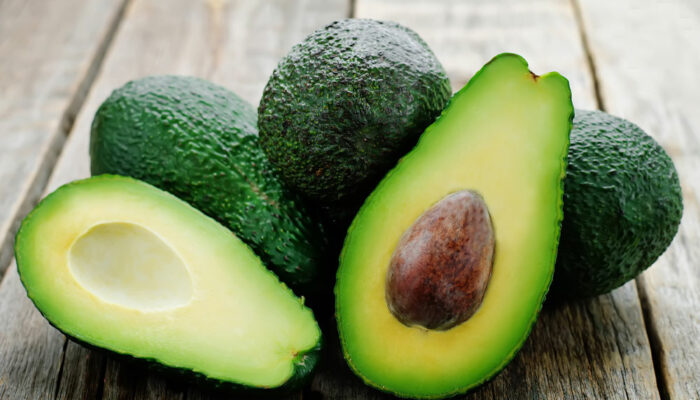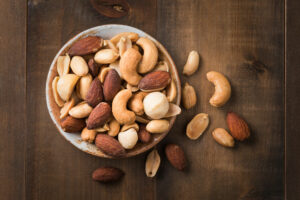
Foods That are High in Potassium
Potassium is the third most abundantly found mineral in the human body. It is an essential microelement needed to maintain normal fluid levels inside the cells. It plays an important role in the function of the heart, nerves, kidneys, and muscles. Additionally, potassium helps regulate muscle contractions and send nerve signals. Low and high potassium levels can adversely affect an individual’s overall health. As the body does not produce potassium, it can be obtained from foods. Health benefits and recommended intake Potassium has several health benefits, and these include: It is required for managing blood pressure and maintaining good cardiovascular health. It helps in maintaining bone density and muscle mass. It improves kidney function as it prevents the formation of kidney stones. The recommended dietary intake (RDI) of potassium is 3500 mg/day to 4700 mg/day for healthy adults. Potassium-containing foods to include in regular meals Avocados A whole Avocado without its seed and skin can provide you with 16% of the daily RDI of potassium. It contains around 690 mg of the mineral. Avocados are also rich in vitamin K, folate, and healthy fats. They are good for people who have high blood pressure as they are low in sodium.
Read More 











